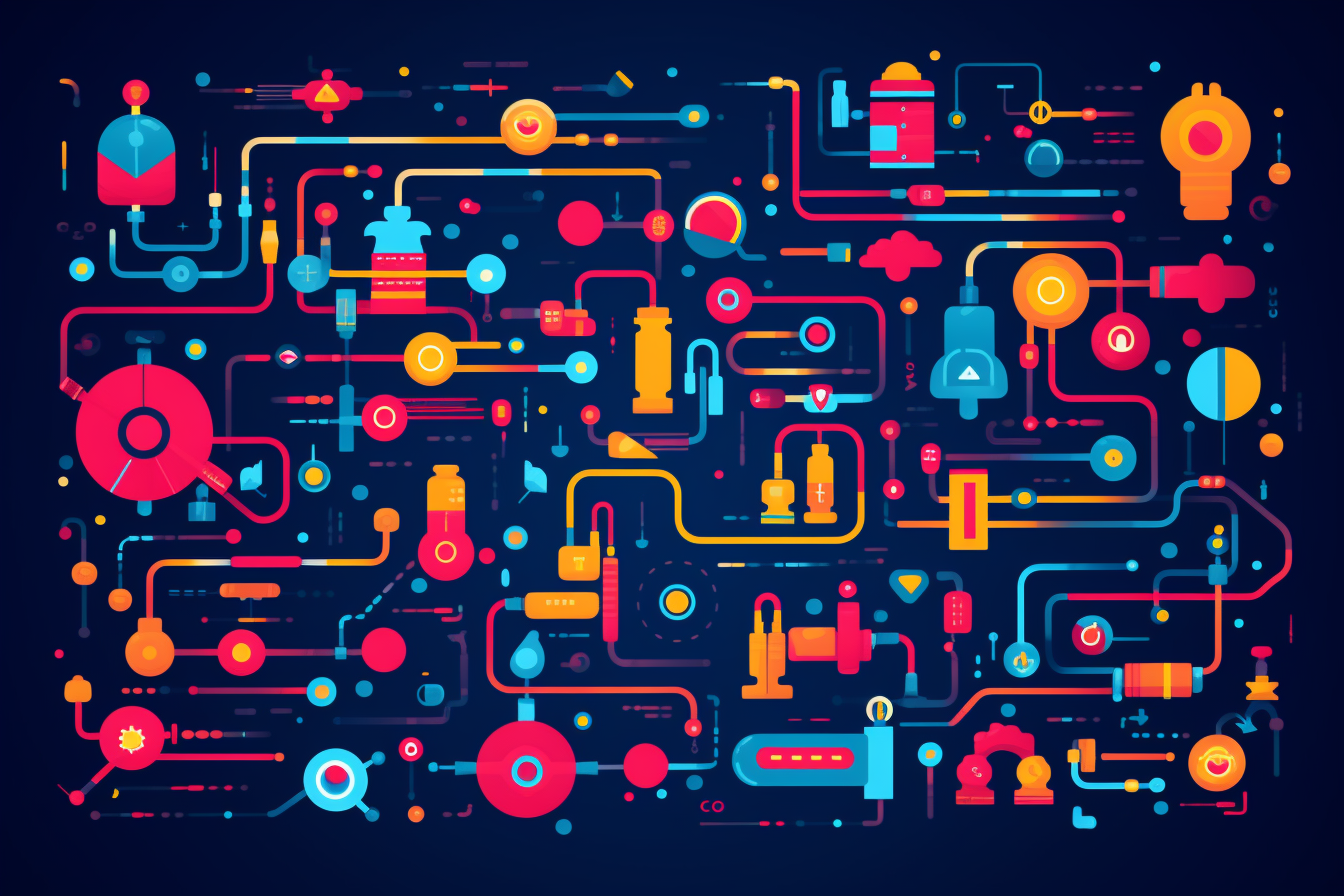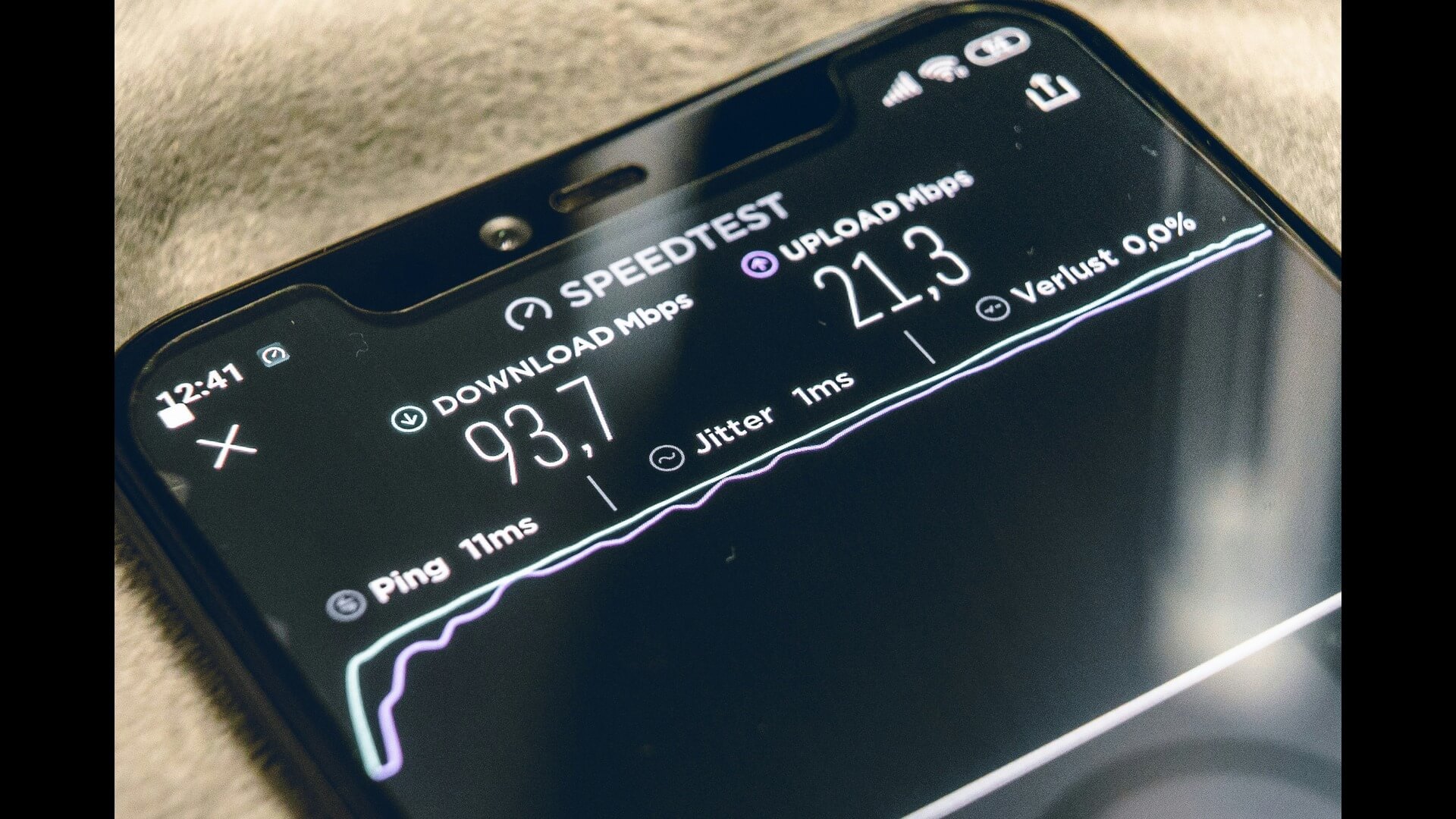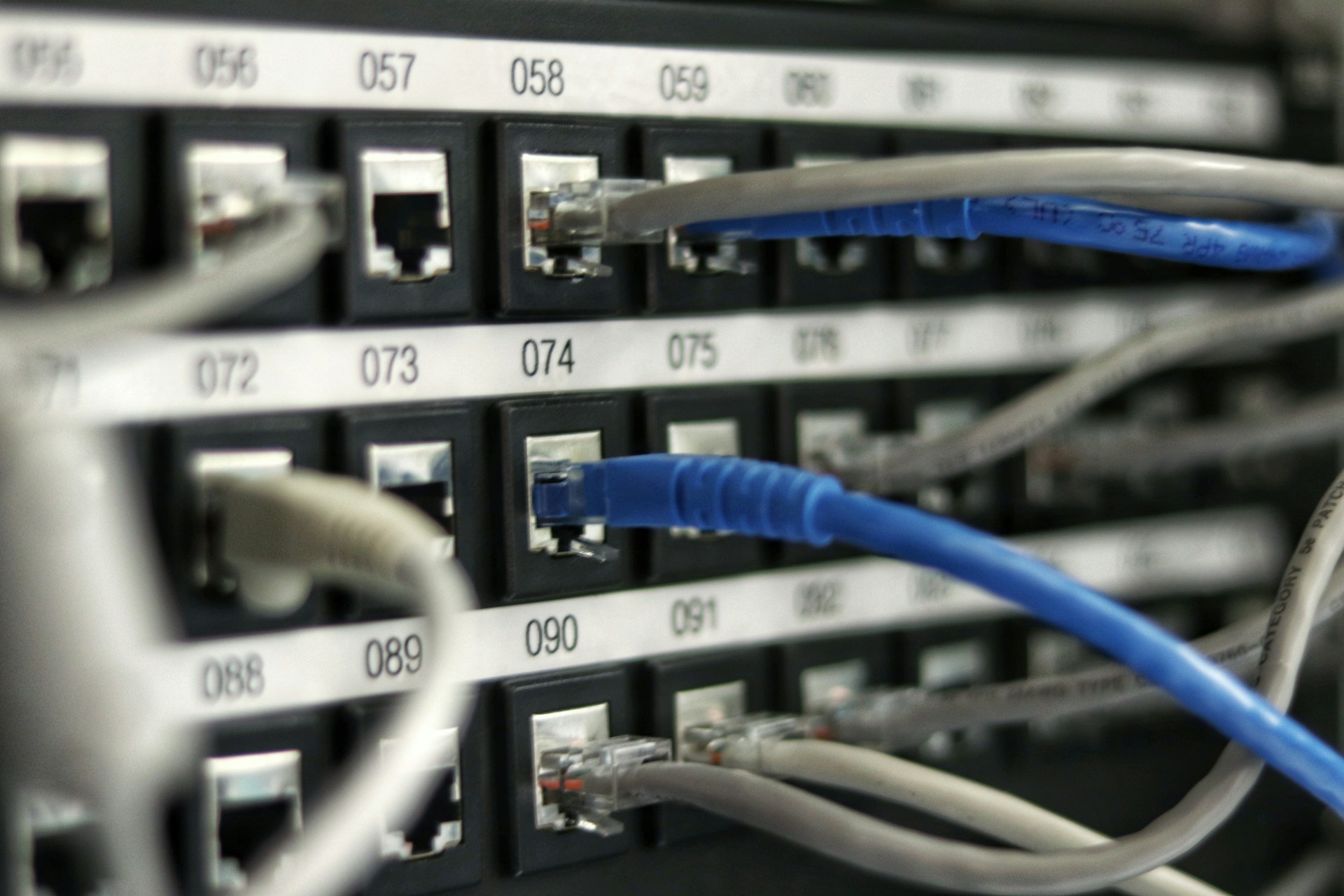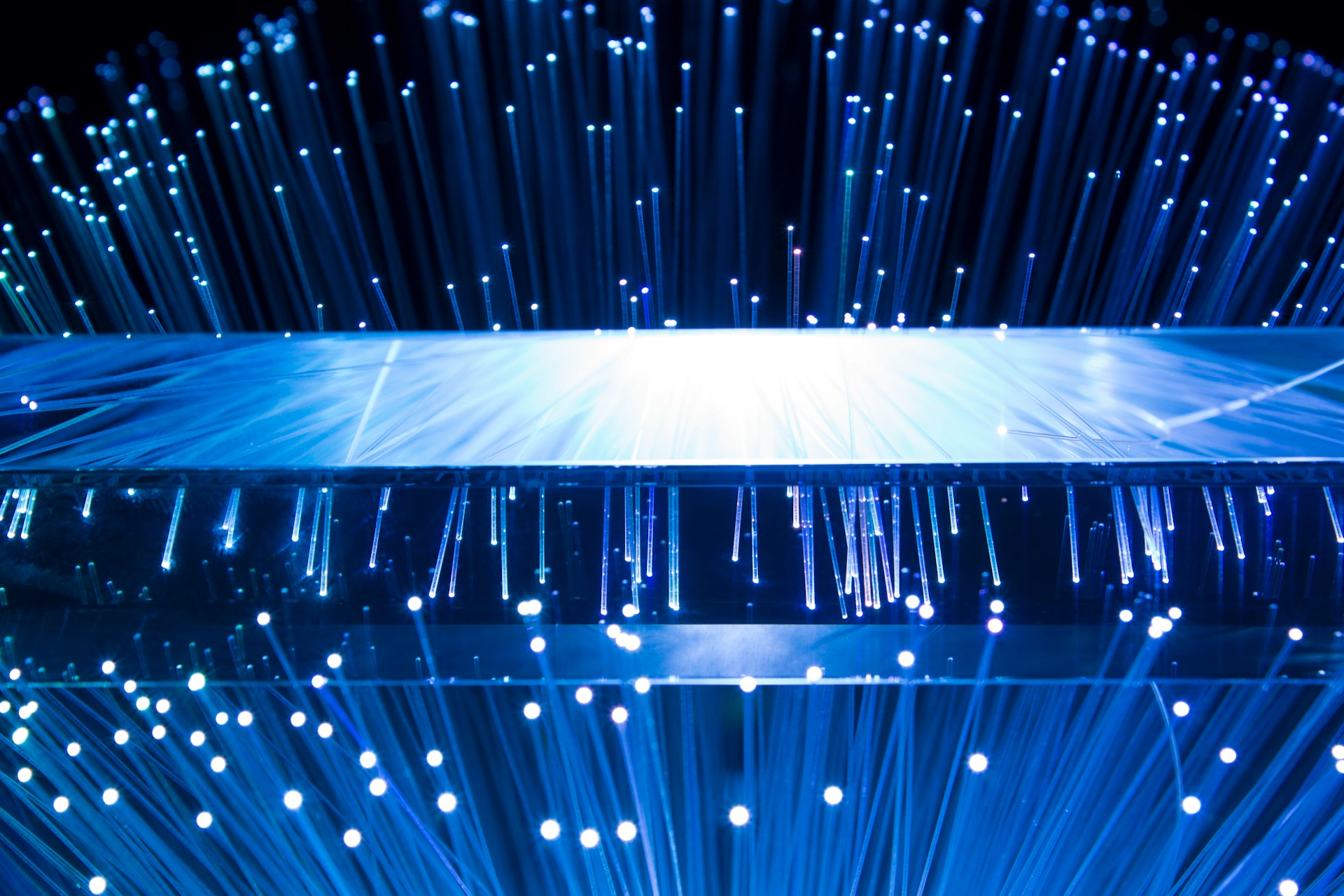
Why IoT Standards Matter for Users and Developers
December 1, 2022 - Ellie Gabel
Revolutionized is reader-supported. When you buy through links on our site, we may earn an affiliate commission. Learn more here.
The internet of things (IoT) has seen tremendous growth over the past few years and shows no signs of slowing. Connected devices are a common sight in both homes and businesses, but as that happens, how these gadgets connect to each other becomes a more prominent concern. The IoT needs standards, which starts with learning why IoT standards matter in the first place.
Here’s a closer look at IoT standards, where they are today and why more standardization may be necessary.
IoT Standards Today
While the IoT has become a massive industry, it still lacks standardization. There are at least 21 standards for connectivity alone, and that doesn’t include protocols for interoperating with other devices. Smart gadgets may operate on several distinct platforms like HomeKit, SmartThings, Alexa or Google Home that don’t always work together.
Development processes and computing frameworks also lack standardization. While some technologies and developers share frameworks, there’s still a lot of variability. Security standards are the same. While some exist, there’s no comprehensive regulation or certification for IoT devices.
As the IoT market develops, these trends are changing. Groups like the Connectivity Standards Alliance (CSA), which now includes more than 400 members like Google, Amazon, and Apple, are working to create more comprehensive standards for IoT devices from multiple manufacturers.
Why IoT Standards Matter
The IoT is becoming more standardized, but why is that important? Here’s a closer look at why IoT standards matter for both developers and users.
Security
Perhaps the biggest reason IoT standards matter is their impact on security. IoT devices are infamously challenging to secure, and part of that stems from the lack of standardization.
It’s difficult to issue comprehensive IoT security regulations if IoT devices themselves lack standard features and ways of working. If more manufacturers included more of the same basic features or built-in security measures, it’d be easier to protect these systems. People could also build larger, more diverse IoT environments while using the same security solution across the entire environment.
IoT security standards don’t have to be mandatory to improve the industry, either. Optional but widely recognized standards could give devices certifications that businesses or consumers can look for when shopping for secure products.
Streamlined Development
IoT standardization also helps streamline the development process. Smart device development can be complicated, especially as customers expect more functionality in increasingly smaller packages. Standard computing frameworks would help reduce these complications and let more people create helpful devices in less time.
Standardized processes and frameworks would give developers a starting point to create new devices. It would then take less time and money to design IoT gadgets and custom solutions, reducing prices for end-users and leading to quicker advancements.
The world could spend upwards of $189 billion on smart city initiatives by 2023. Faster development pipelines would help make the most of those investments, leading to quicker, less costly innovation.
Ease of Use
Another reason why IoT standards matter is because standardization makes these systems easier to use. Right now, IoT platforms aren’t interoperable. This lack of compatibility limits the devices businesses or smart home enthusiasts can use. There may be an IoT device that would help them, but it doesn’t run on the smart home platform of their choice, making it off-limits.
Standardization removes those barriers, letting IoT environments host a more diverse range of devices on the same network. When everything works together as a cohesive unit, the IoT is more convenient.
As the IoT becomes more interoperable, end-users can mix and match devices as they choose. IoT systems could be highly customizable, meeting many different needs and use cases while incorporating as many devices as possible.
Scalability
Similarly, IoT environments will become more scalable with more standardization. Increased interoperability would make it easier to expand smart device networks because users wouldn’t have to worry about compatibility issues anymore.
This scalability is crucial for the IoT’s growing role in manufacturing, where larger, more complex IoT networks will create smarter, more efficient factories. Similarly, smart cities can reach their full potential faster if city governments can expand their IoT networks more quickly. The level of growth necessary for both these applications is only possible with more interoperability and faster development timelines.
Why Isn’t the IoT Standardized Yet?
IoT standardization has many benefits, so some may question why the industry has yet to achieve it. While part of it has to do with how young the sector is, implementing IoT standards can be more challenging than it appears initially.
Part of the problem is the IoT’s sheer size and complexity. There are 12.2 billion active IoT endpoints today, covering a broad range of use cases. Creating standards for such a massive category that contains so many dramatically different types of devices is difficult. Technology standards that work well for smart refrigerators may not work for connected cars.
While standardization improves security on many fronts, it also risks creating new vulnerabilities. If every device works the same way, it may be easier for cybercriminals to learn how to take advantage of them.
Standards will likely have to cover more specific segments of the IoT instead of the IoT in general to account for these challenges. The world will also need more widely recognized authorities to create these standards, though organizations like the CSA are rising to meet that need.
IoT Standards Matter for Everyone Involved
While several obstacles remain, the IoT is slowly becoming increasingly standardized. These standards will help improve interoperability, security, affordability and more. As that happens, the IoT will deliver on its full potential sooner. Businesses, consumers and IoT developers alike will all benefit from that shift.
Revolutionized is reader-supported. When you buy through links on our site, we may earn an affiliate commission. Learn more here.
Author
Ellie Gabel
Ellie Gabel is a science writer specializing in astronomy and environmental science and is the Associate Editor of Revolutionized. Ellie's love of science stems from reading Richard Dawkins books and her favorite science magazines as a child, where she fell in love with the experiments included in each edition.







